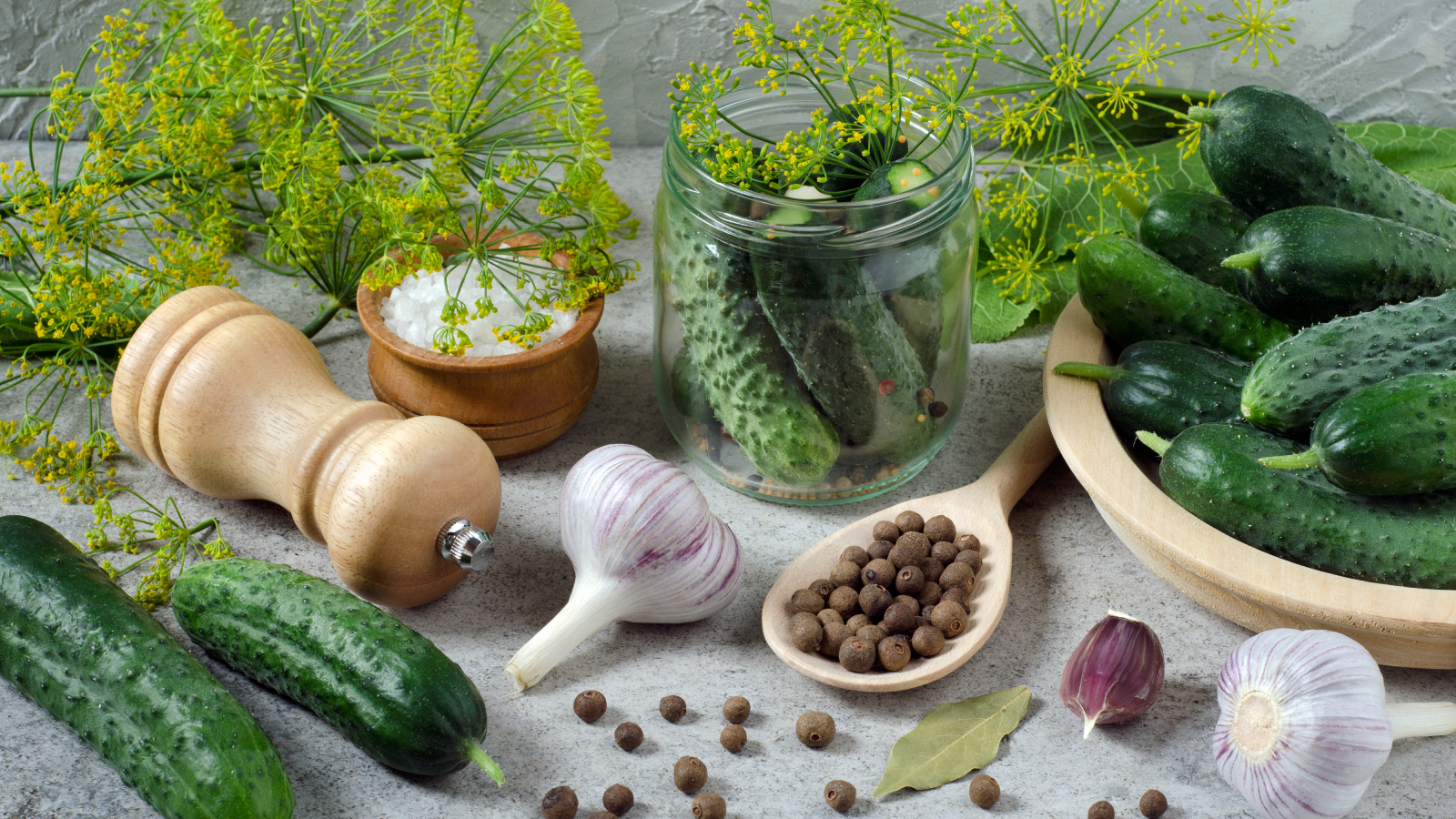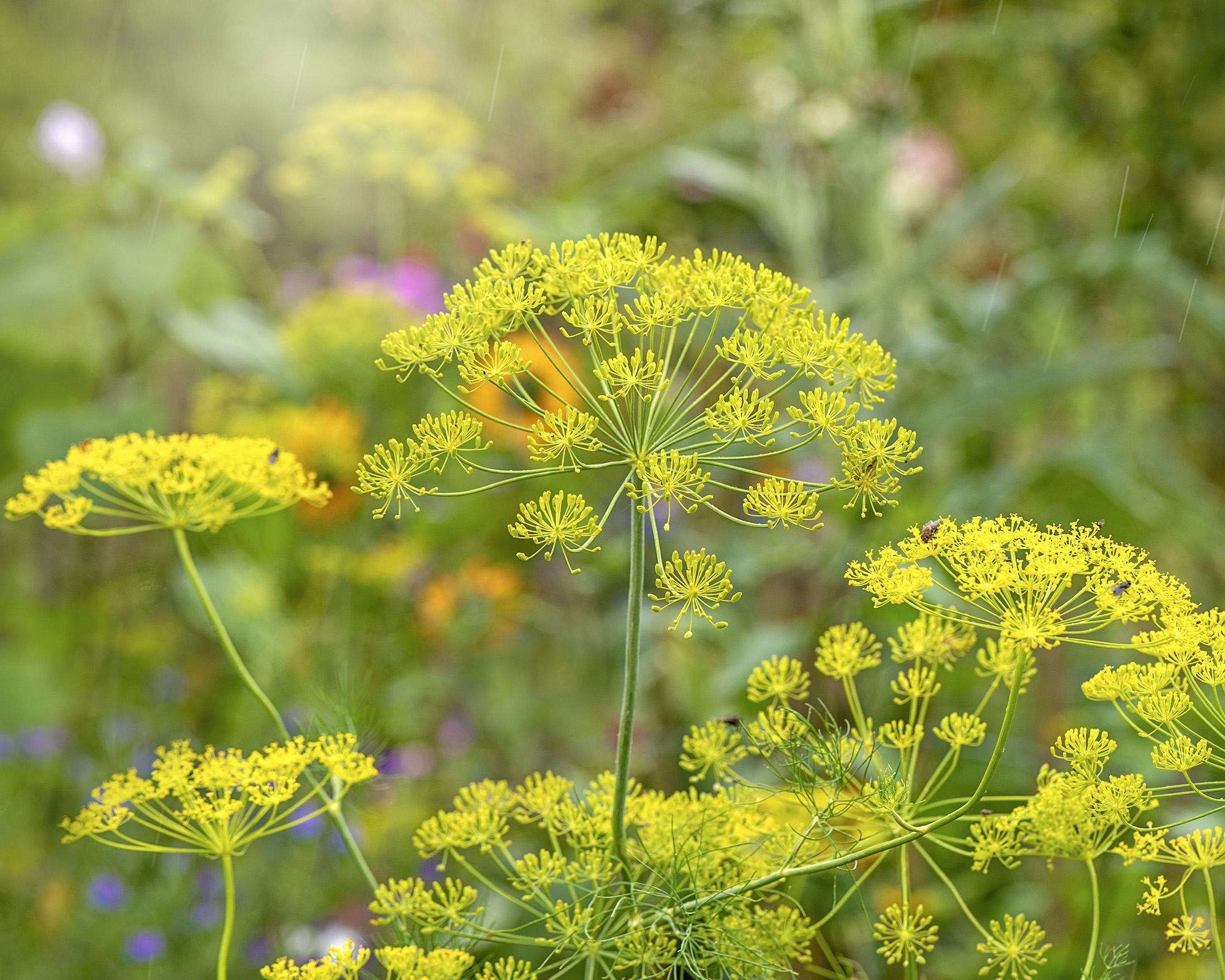Homegrown Pickling Spices & Herbs – Grow Your Own Ingredients For Pickles
Growing cucumbers for pickles is a fun garden experiment, but did you know you can grow pickling spices and herbs at home too? Here are the tastiest plants to try.

I’m a pickle lover of all sorts, from dill pickles to bread and butter, even pickled veggies and pickled watermelon. There are so many delicious vegetables you can pickle straight from the garden. That's why I'm thrilled to share my pickle passion with you and help you grow your own homemade pickles and pickling spices.
Preserving vegetables is a great way to enjoy your harvest for even longer. But you may be wondering where to start. What spices and herbs are in pickles? And is it possible to grow your own herbs and spices for pickling? Let's take a look at the answers.
What Spices and Herbs Are in Pickles?
Purchased pickling spices may have a virtual laundry list of ingredients. Some contain the following herbs and spices for pickling:
- Allspice
- Mustard seed
- Coriander seed
- Black peppercorns
- Ginger root
- Cinnamon
- Bay leaf
- Cloves
- Crushed peppers
- Dill
- Mace
- Cardamom
- Nutmeg
Pickle preferences are kind of personal. It all depends on which flavors you prefer, so if you’re up to growing herbs for pickling, pick the ones that suit your palate.
Best Herbs for Pickling
Spices for pickles (such as black peppercorn, allspice, cinnamon, cloves, mace, and nutmeg) generally hail from tropical environments, making it less likely that most of us can grow them.
Herbs, on the other hand, are fairly hardy and can be easily grown in many regions. Let's take a look at the three easiest herbs for pickling you can grow at home.
1. Dill

Dill is an absolute must in many pickle recipes and the wonderful thing about dill is that it is grown for both its tender leaves and its seeds. It's easy to grow dill from seed. Plant dill seed after the last frost in your area and lightly cover the seed with soil. Water the seeds well.
Sign up for the Gardening Know How newsletter today and receive a free copy of our e-book "How to Grow Delicious Tomatoes".
When the plant has flowered, it will develop seed pods. When the pods turn brown, cut the entire flower head off and put it in a paper sack. Shake the bag to separate the seeds from the flower and pods.
2. Mustard
Mustard seeds actually come from the same plant as mustard greens (Brassica juncea), which is usually cultivated for its leaves and eaten as a vegetable. To grow mustard seeds, plant mustard three weeks before your last frost-free date.
Once the plants begin to grow, they require little care. Mustard does bolt quickly with warmer temps, which in the case of mustard seed cultivation may seem like a great thing. Actually, though, mustard that bolts rapidly does not set flowers, hence no seeds.
3. Cilantro
To grow cilantro, sow the seeds in a sunny area in loam or sandy soils. Space the seed 8 to 10 inches (20-25 cm.) apart in rows that are 15 inches (38 cm.) apart.
Seed formation is dependent upon weather conditions. In hot climates, cilantro bolts and quickly forms seed. There are some varieties of cilantro that are slower to bolt and, thus, better suited for growing for the tender leaves.

Amy Grant has been gardening for 30 years and writing for 15. A professional chef and caterer, Amy's area of expertise is culinary gardening.
